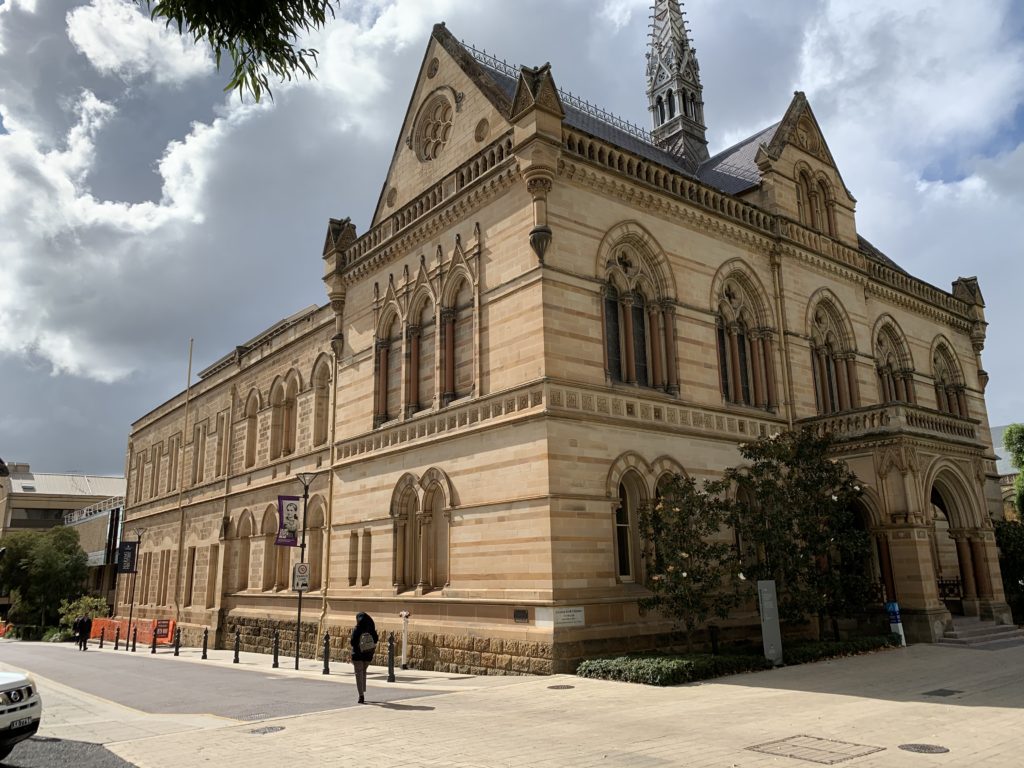
The 2020 conference was to be held in Adelaide, but due to Coronavirus became our first virtual conference.
The theme for the conference was Disaster Preparedness – Are Earthquake Assessments critical to Heritage Structures?
The recent spate of natural disasters (drought, bushfires and pandemic) highlights the need for improved resilience against natural hazards. Improved seismic resilience for Australia is an important aspect of improving the nation’s disaster preparedness. This year’s conference invites authors to submit papers which address:
- Adequacy of current design standards;
- Compliance with current standards (from both a design and a construction perspective);
- Challenging current design standards
- The role of seismology in developing building codes for areas of low seismicity;
- Disaster planning, response, recovery and resilience studies;
- The performance of non-structural parts and components;
- Structural monitoring;
- Seismic retrofit of existing structures;
- The performance of lifelines, large-loss facilities and critical infrastructure including power distribution systems and dams;
The committee also welcomed papers on general earthquake engineering and engineering seismology.
Keynote Speakers
André Filiatrault, is a Professor of Structural Engineering at the University School for Advanced Studies IUSS Pavia, Italy and an Emeritus Professor at the State University of New York at Buffalo. He received his master’s (1985) and Ph.D. (1988) degrees in civil engineering from the University of British Columbia after obtaining his bachelor’s degree in civil engineering from Université de Sherbrooke in 1983. After a two-year stint as an assistant professor at the University of British Columbia, he joined the Department of Civil Engineering at École Polytechnique, part of Université de Montréal, where he became a full professor in 1997. Professor Filiatrault joined the faculty at the University of California, San Diego in 1998, where he was a Professor of Structural Engineering until 2003. From 2003 to 2007, he served as the Deputy Director of the Multidisciplinary Center for Earthquake Engineering Research (MCEER). Professor Filiatrault also served as the Director of MCEER from 2008 to 2011. He is the current founding president of the International Association for the Seismic Performance of Non-Structural-Elements (SPONSE). His research over the last 33 years has focused on the seismic testing, analysis and design of civil engineering structures and non-structural building components. The professional achievements resulting from his research and teaching activities include five textbooks, more than 350 peer-reviewed scientific publications, the 1990 Sir Casimir Stanislaus Gzowski Medal from the Canadian Society for Civil Engineering, the 2002 Moisseiff Award from the American Society of Civil Engineers and the 2008 Outstanding Researcher/Scholar Award from the Research Foundation of the State University of New York.
Matt Gerstenberger is a seismologist at GNS Science in Wellington, New Zealand. He obtained his PhD in seismology from ETH-Zurich in 2003. His research interests include understanding and modelling of uncertainty, forecast and hazard model development and testing and time-dependence in the occurrence of seismicity. In the last decade he has been heavily involved in the multiple earthquake responses necessary in New Zealand, including the development of revised seismic hazard estimates that include the impacts of these earthquakes. He is currently leading the first major revision of the New Zealand National Seismic Hazard Model in more than 20 years.




